She’s smiling while sipping on her black coffee in a tiny café in Tbilisi. Her name is Masho, the girl sitting in front of me. I was intrigued to interview Masho, the girl known for creating her own unique world, which she simply calls Masholand. Also, she has spent three years in my native Lithuania and even speaks some Lithuanian.
Text: Kotryna Reimerytė
Illustations: Masholand
Masho, how did you end up in Vilnius?
First of all, my parents have Lithuanian friends. My parents went to Lithuania for their honeymoon and met a Lithuanian family there. We have all been friends ever since. So when I decided to go abroad for my studies, they suggested that I go to Lithuania. Both of my sisters studied there too, so I thought it could also be something for me.
You didn’t consider studying in Georgia?
Only positive. When I graduated high school, I didn’t know what I wanted at all. My parents supported the idea of me going to Lithuania, especially because my sister was still studying there. They told me that I could always come back to Georgia if I didn’t like it. It was difficult at first, but I really loved it there.
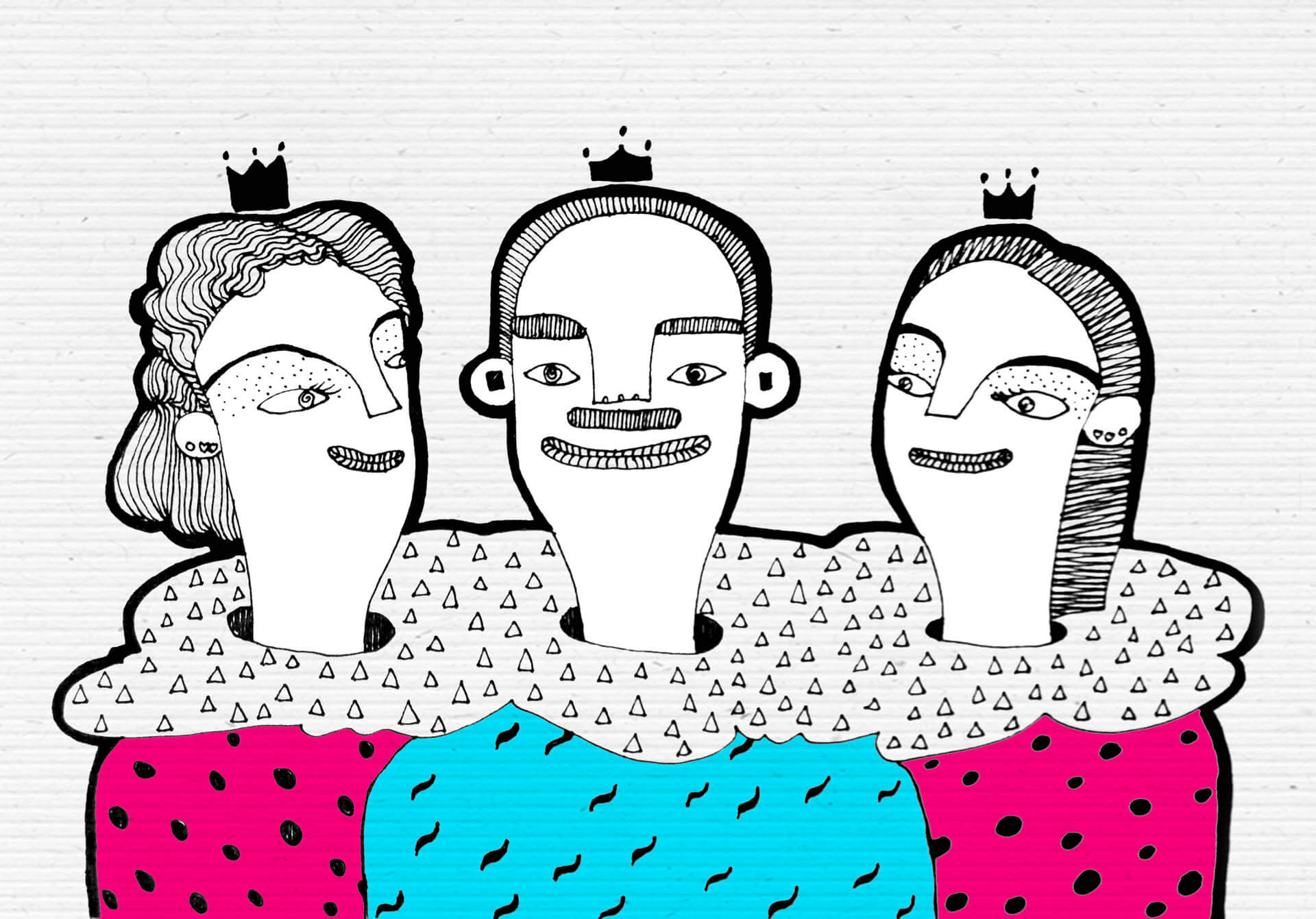
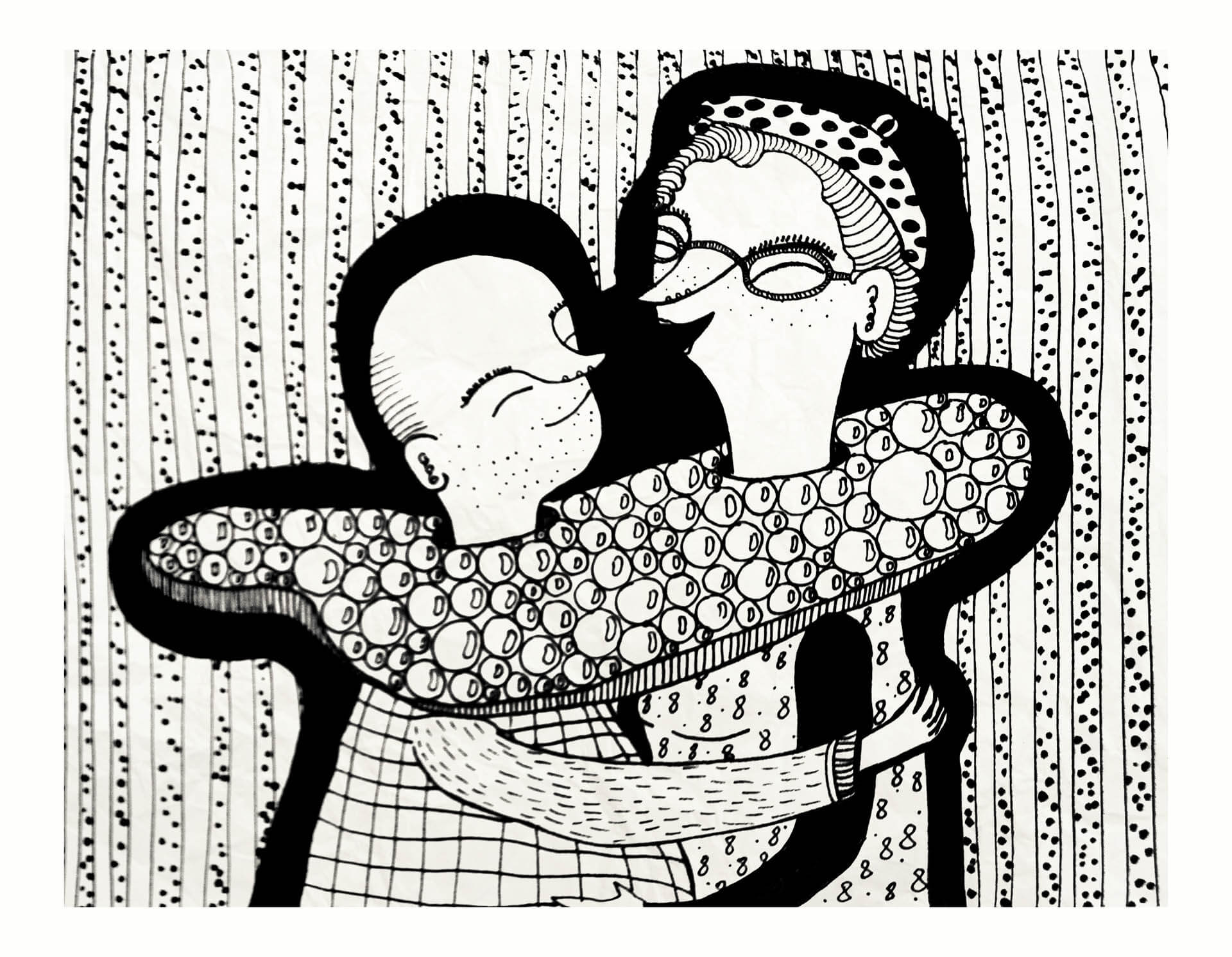
How was your experience studying in Vilnius?
I received a very good industrial design education in Vilnius, even though I’m not practicing it now. Most of all, after graduating from Vilnius Art Academy, I gained a completely new work ethic. I was confident in what I was doing, and I was very organized. A Lithuanian diploma has more value than a Georgian diploma abroad. For example, when I worked in Asia, people really valued and appreciated my European education.
How about life outside the Academy, how was it for you in Vilnius?
The first year in Vilnius was difficult for me. I was used to the Georgian weather: it’s almost always warm and sunny here, and Vilnius was much darker and colder. Also, I felt some cultural differences. Georgians are very open and everyone is your friend, you are never alone, and in Vilnius I felt quite lonely. After a half year there, I went to Georgia for vacation, and I had to tell myself not to quit just yet. I wanted to prove it to myself that I can do it. So I came back to Vilnius and soon enough made friends with many international students from all around the world. And it got better. My last two years in Vilnius were great. I was working on my thesis project, and I got close to my fellow course mates. I was finally belonging to the family, and I finally liked my life in Vilnius.
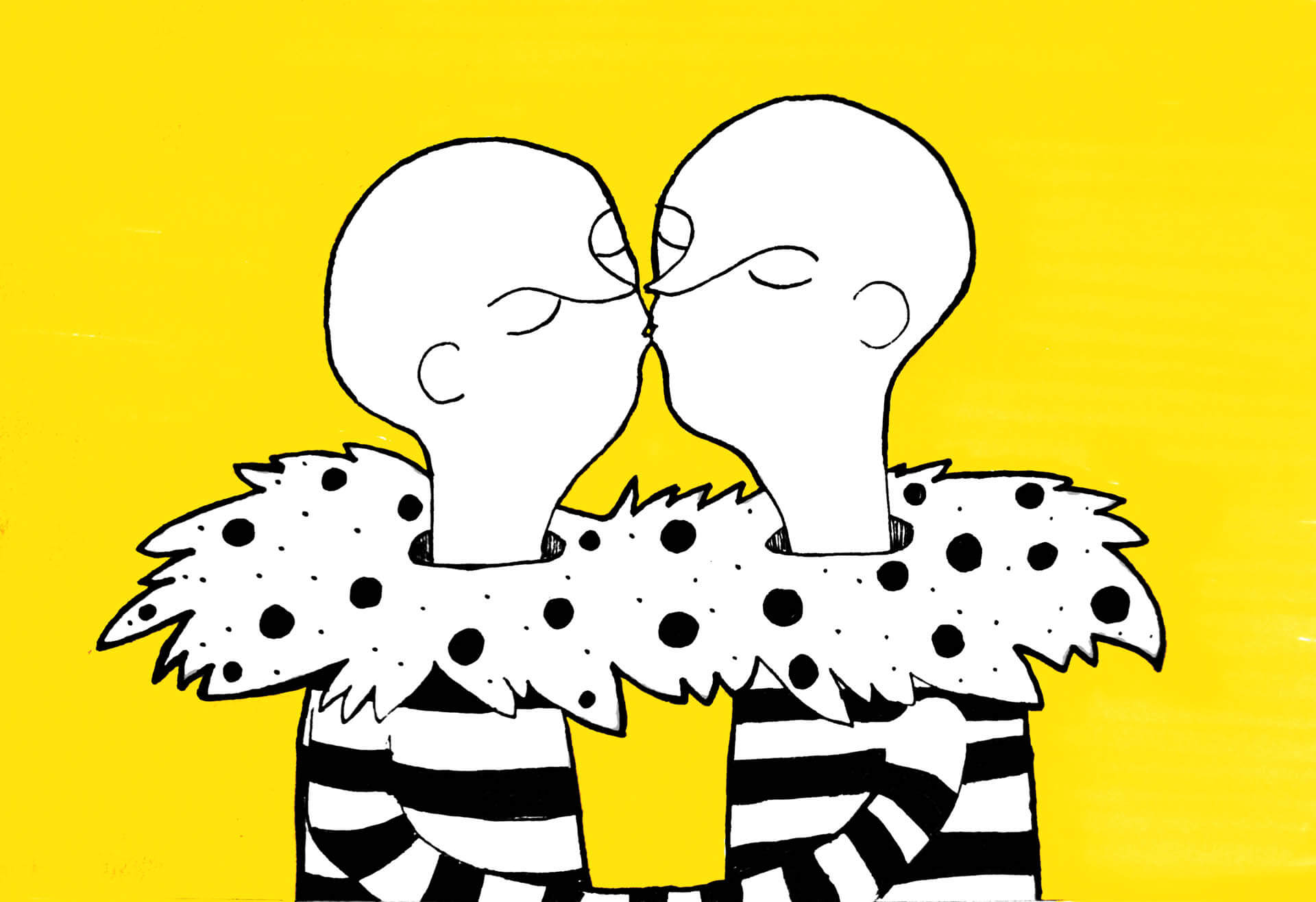
When did you start drawing?
Like most artists, I started drawing as a child. I was taking classes, but I never thought to pursue it professionally. I did not consider myself an artist or a painter. This took a turn when I went to Vietnam for a design internship. One day my colleague was going out to buy some sketchbooks, and I asked him to bring me one as well. That is the actual point when I started to draw. After three months in Vietnam, I came back to Georgia and opened a freelance design studio with a friend of mine. After some time, I came back to Vietnam for work and realized that Masholand is a big part of my life and where I want it to go.
So Masholand started in Vietnam?
Vietnam is a very spiritual country. The people there live according to the Buddhist way of thinking, and they have a very impressive mentality. In Hanoi, people keep colorful birds in small cages because they think that birds bring good luck. There are very big trees everywhere, and the Vietnamese people believe that these trees are their ancestors, so they talk to them. I was very inspired by this beautiful culture, and this inspiration resulted in me starting to draw.
I started a Facebook page for my friends back in Georgia to show them what I had been drawing. I uploaded a picture of a T-shirt with my drawing on it, and all of a sudden strangers started writing me and telling how much they liked my work. To be honest, I didn’t understand this fascination; I did not see any potential there. I was working six days a week in Vietnam, and didn’t have time for drawing. And after that positive feedback, I realized that I could try and make it my main profession. I understood that Masholand could be a global thing. I now fully support myself from Masholand, and it’s enough for me to get by in Georgia, and for travelling.
Tell me more about the people and the bodies that you draw.
I mostly draw the situations and experiences from my own life, but I try to make it more positive. A couple of years ago, a friend of mine died while travelling in Cambodia and Laos with her boyfriend. I was sad, devastated, and then I decided to draw her: swimming in a lake with fish surrounding her, looking as if she were asleep. This artistic expression made me calmer, made it a bit easier.
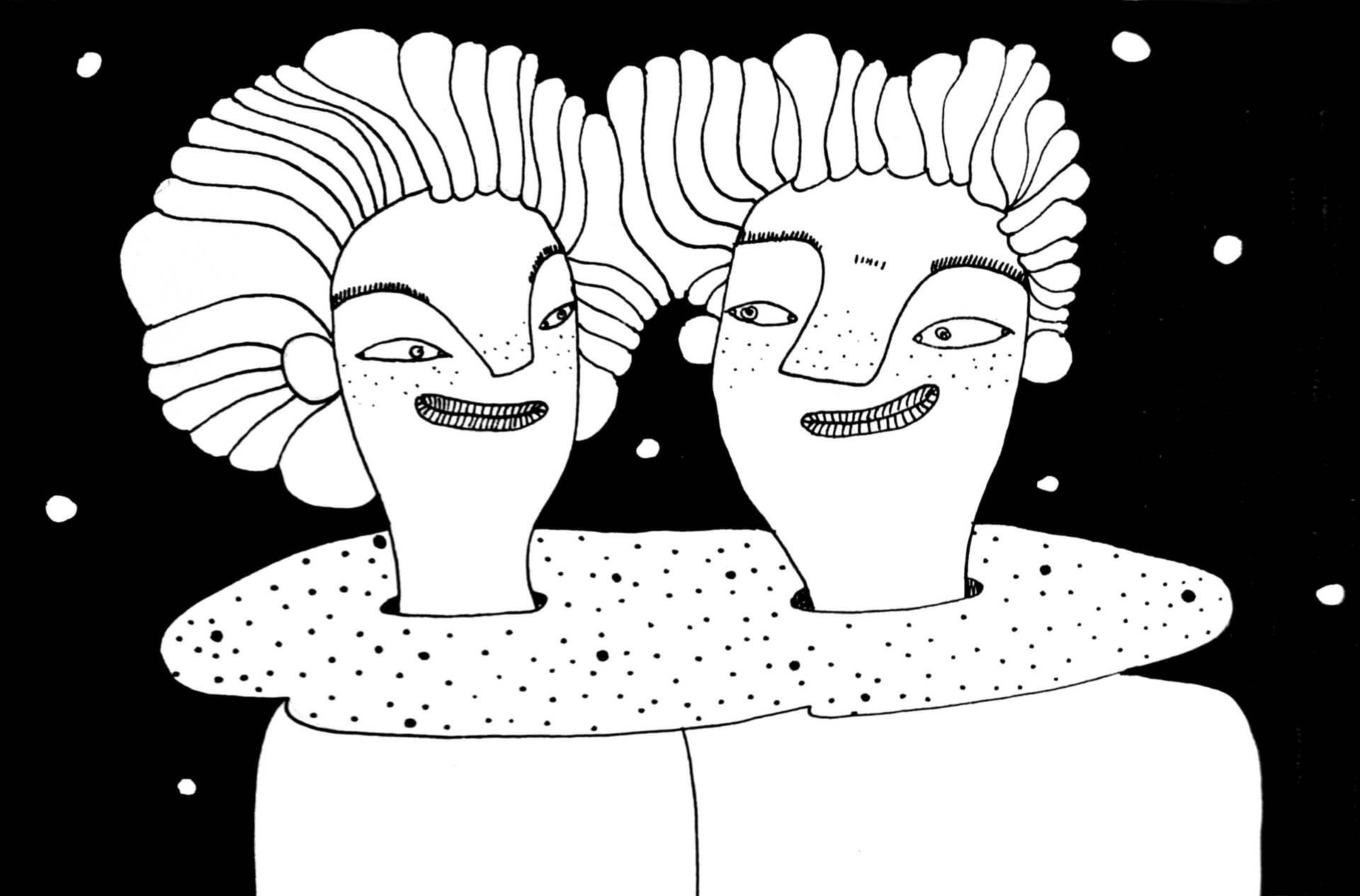
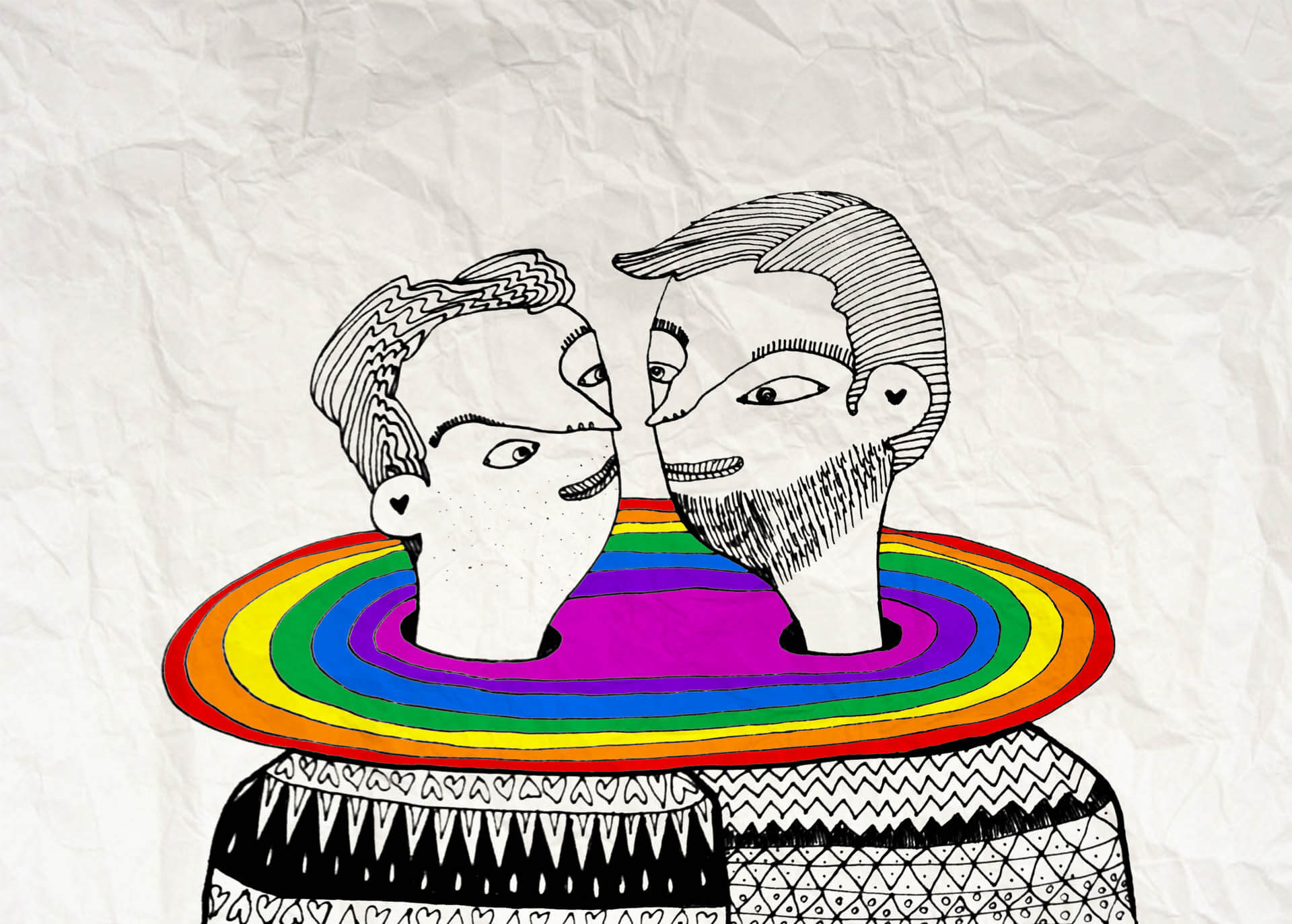
Would you say that bodies in your drawings are the same, at least at some point?
I really don’t know. On my website, I have a small introduction to Masholand: If you close your eyes and imagine a yellow door, it will immediately appear next to you. The invisible path that looks like islands, will lead you to the illuminated door. Pull the handle and open the door. At first a very bright light will dazzle, and soon you will see an endless surface, which hovers in the white air space. That’s where the Masholandese live.
These human-like Masholandese, they take their faces only when somebody leaves the door open so they can come to earth, and try to imitate people. Otherwise they have different faces. For example, the Stone Eaters are a type of Masholandese who normally don’t leave Masholand, and that’s why their faces are more animal-like. Some just don’t like to leave Masholand, they just stay there, but others are more curious. Some of them have similar bodies, but it also depends on their type. They have many nostrils in order to breathe better. If you breathe better, you can also think better. Sometimes they have different objects in their ears, such as windows: one is closed and the other one is opened, so that they take the information in and process it. Others have both windows open, where the information comes in and goes out.
Do you often explain this concept to people?
I normally don’t, I just observe people. I also believe that it’s good for people to interpret it in their own way. If I’m in the mood however, I will talk about it and explain it.
What other messages does your work transmit?
I believe that if you consider yourself an artist, then you have a mission. Even if not everyone understands your message, it’s still worth it to put it out there. In Tbilisi there’s air pollution, the air is really bad. In my drawings, I try to express this. Georgians are not open toward people with other sexual orientation, so in one of my series called “Spouses” I tackle this problem briefly. I believe that people’s opinions might change if you manage to portray it in a more gentle and subtle way. Your ideas should never be pushed upon people. This series of drawings was received quite positively in Georgia: some people liked it, some laughed at it. In any way, I achieved my goal.
Do you believe that art can solve some of the world’s problems?
I think that artists have a lot of power. Even if some people don’t see it, it exits. The artist can make an impact, even if it’s just a very small one. If someone spends a couple of minutes or just a couple of seconds looking at your work, they can spend these seconds in doing something bigger. And that is already an impact.


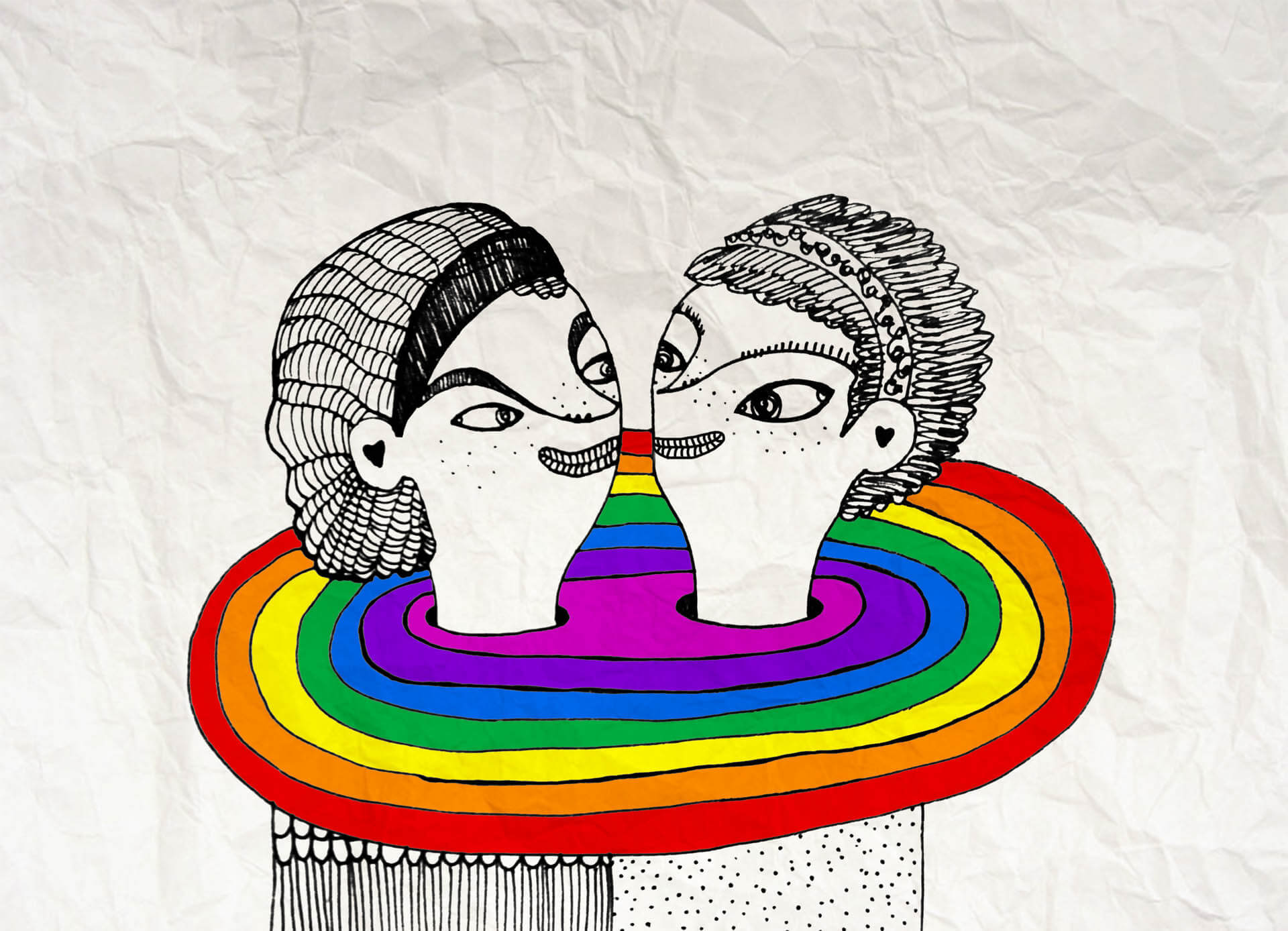
 Krepšelyje nėra produktų.
Krepšelyje nėra produktų.